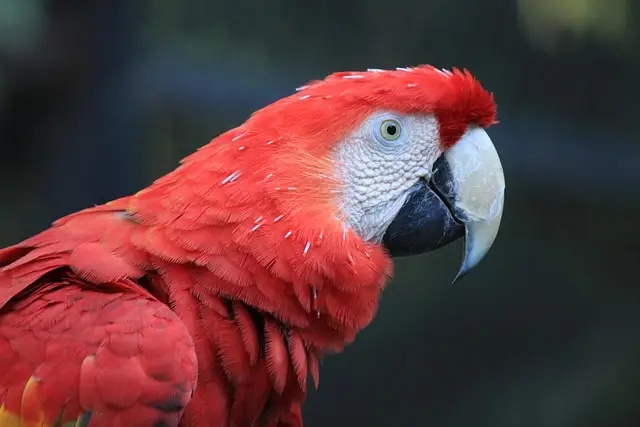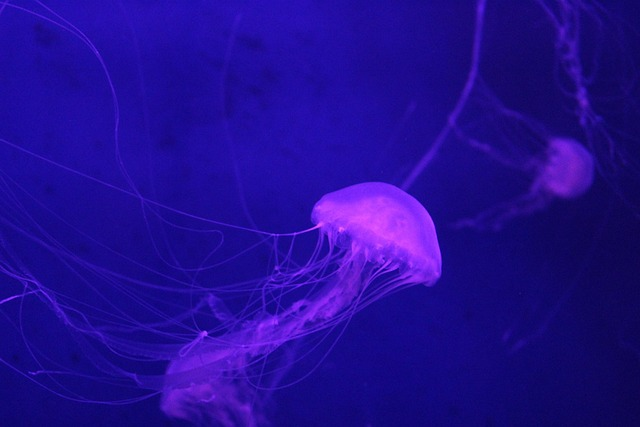Armadillos are one of the most unique animals in the world. With their tough shells, funny walking style, and interesting habits, they are truly different from most animals. They might look like tiny dinosaurs or walking helmets, but there’s much more to these creatures than meets the eye. In this article, you’ll learn 13 surprising and fun facts about armadillos that many people don’t know.
1. They Have Built-In Armor

The first thing people notice about armadillos is their hard outer shell. This shell is made of bony plates covered by thick skin. It’s kind of like wearing a suit of armor all the time. This special protection helps keep them safe from predators like foxes, wild cats, and dogs. Some types of armadillos, like the three-banded armadillo, can roll up into a tight ball. This hides their soft parts and makes them very hard to bite.
2. There Are Over 20 Different Species

There are more than 20 species of armadillos, and they all look a little different. Some are tiny, like the pink fairy armadillo, which is about the size of a hamster. Others, like the giant armadillo, can grow over 5 feet long and weigh more than 70 pounds. Each type has special traits, lives in different habitats, and eats different foods. These species can be found mostly in Central and South America, with one species living in the United States.
3. They’re Master Diggers
If armadillos had a superpower, it would be digging. They use their strong claws to dig burrows where they sleep and raise their babies. These underground homes can be several feet deep and have many tunnels. Armadillos also dig to find their food, like ants, termites, and other bugs. Their powerful front legs help them tear up the soil in no time. Some burrows are so big that other animals use them too, like snakes, rabbits, and even skunks.
4. Their Eyesight Is Very Poor
Armadillos can’t see very well. Their eyes are small and their vision is blurry. However, they don’t need great eyesight because they rely on other senses. Their sense of smell is super strong. In fact, they can smell insects buried under several inches of dirt. Their hearing is also pretty good, so they can detect sounds and movement even in the dark. These senses help them survive and find food, even when they can’t see it5. They Eat More Than Just Insects
Although most armadillos love to eat insects, especially ants and termites, they also eat other things. Their diet can include small animals like frogs or lizards, as well as roots, fruits, and seeds. They are opportunistic eaters, which means they’ll eat whatever they can find. This helps them survive in places where food is not always easy to get. Sometimes, they even eat eggs from bird nests or small dead animals they find while walking around.
6. They’re Surprising Swimmers
Even though they look clumsy, armadillos are great in water. They can hold their breath for 4 to 6 minutes and walk along the bottom of rivers or lakes. Some armadillos even swallow air to make themselves float better. This helps them cross streams or flooded areas. Swimming is important when their homes get too wet or when they’re looking for new places to live. You may not think of armadillos as swimmers, but they’re good at it!
7. They Can Jump When Frightened
If you scare an armadillo, it might jump straight up into the air! Some can jump 3 to 4 feet high. This reaction is meant to scare predators or help them escape quickly. Unfortunately, this also causes many armadillos to get hit by cars. When a car approaches, the armadillo jumps—right into the vehicle. That’s one reason why they are often seen as roadkill in some areas. Their natural instinct to jump can sometimes get them into trouble.
8. They Can Carry Leprosy
One strange fact about armadillos is that they can carry a disease called leprosy. This is a very rare disease that affects the skin and nerves. Only some armadillos in the southern U.S. carry it, and the chances of people catching it are extremely low. Still, it’s best not to touch wild armadillos, especially with bare hands. Scientists believe they are one of the only animals besides humans that can carry this disease naturally.
9. They Are Nocturnal Animals
Most armadillos are active at night, which means they are nocturnal. During the day, they sleep in their burrows to avoid the heat and stay safe. At night, they come out to search for food. Because of their shy and quiet nature, many people never see them, even if they live nearby. They use the darkness to move around safely and avoid predators. If you ever spot one, it will most likely be after sunset.
10. They Have Identical Babies
One of the most unusual things about the nine-banded armadillo is how it gives birth. It always has four babies at a time, and all four are identical. This means they come from the same egg and have the same genes. It’s like having four clones! No other mammal does this naturally on such a regular basis. These babies are born with soft shells that harden within a few weeks. They stay with their mother for a few months before going out on their own.
11. They’re Related to Ancient Giants
Millions of years ago, there were huge animals called glyptodons. They were ancient relatives of today’s armadillos and were the size of a small car! These animals had big, round shells and lived during the time of early humans. Even though modern armadillos are much smaller, scientists say they are closely related to these ancient creatures. Fossils of glyptodons have been found in South America, and their shells were so big that early people may have used them as shelters.
12. They Help the Environment
Armadillos are important to the environment. By digging, they help turn over the soil, which brings air to plant roots. Their eating habits also help control insect populations. In forests and grasslands, they help balance nature in a quiet but important way. Even though they can sometimes dig up gardens or yards, they do more good than harm. Some farmers even see them as helpful animals because they eat bugs that damage crops.
13. They’re Expanding Their Range
The nine-banded armadillo is the only one found in the United States. It used to live only in Texas and nearby areas, but now it’s spreading to new places. You can now find it as far north as Illinois and even parts of Nebraska. Scientists think this is happening because the climate is getting warmer, and armadillos are adapting to new environments. As long as winters stay mild, these animals are likely to continue moving northward.



